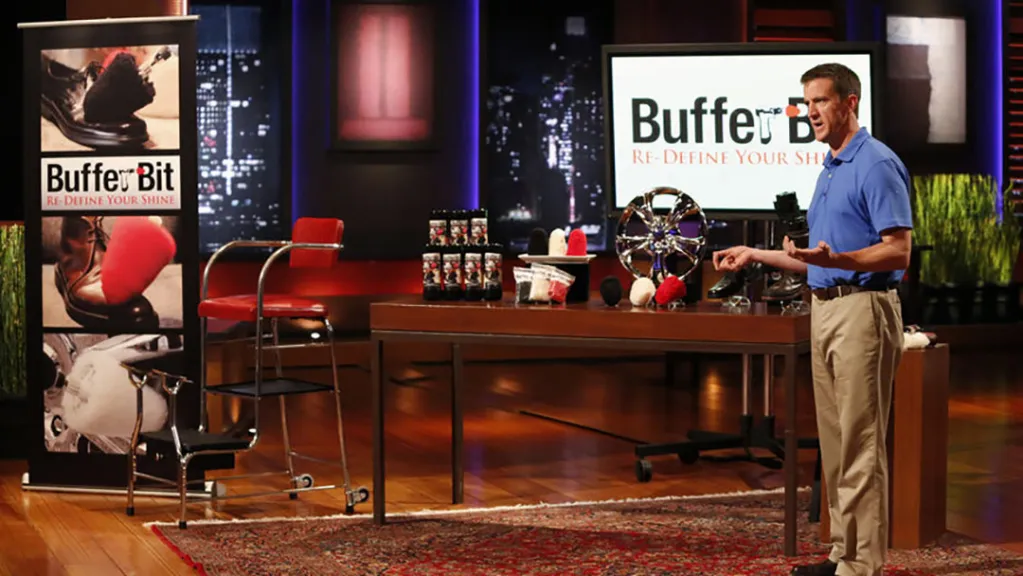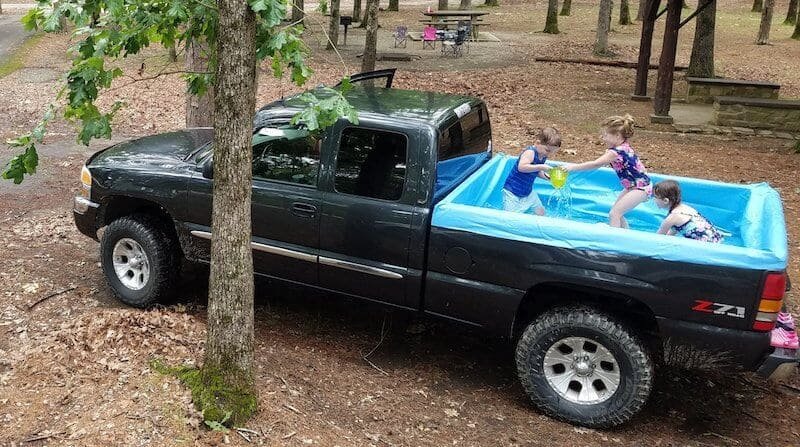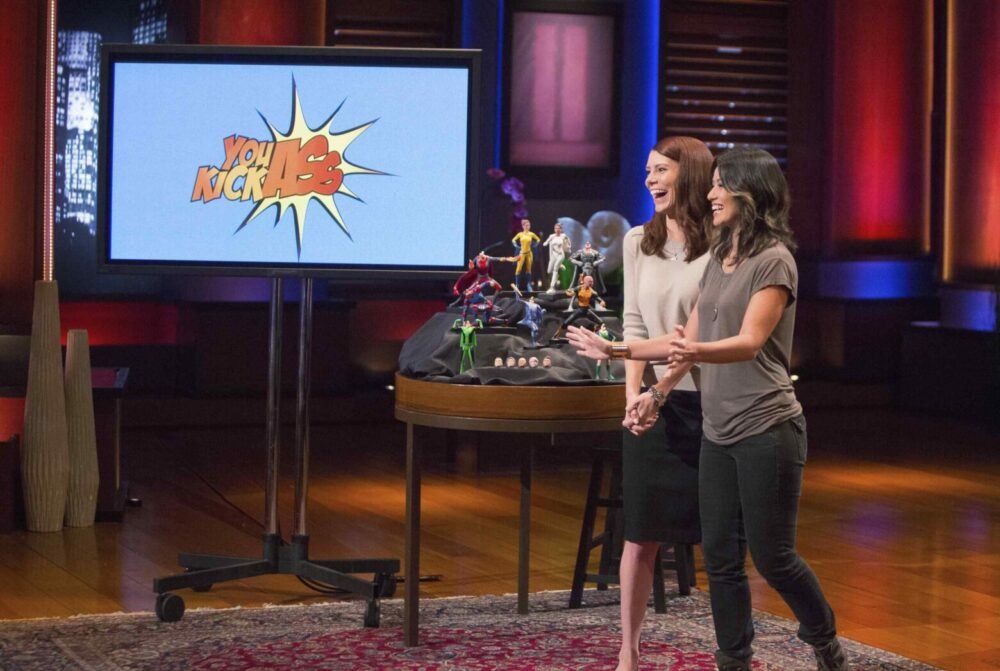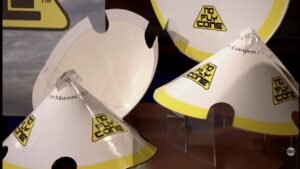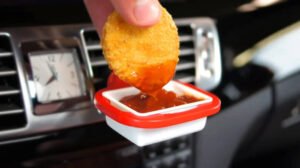Let’s bust a Shark Tank myth right out of the gate: If you get on national TV, your startup wins. Sorry, it doesn’t work like that. Squeeky Knees walked into the Tank with an adorable product, a head full of dreams, and a $400k valuation. But they left without a bite, and a few years later, that big shot faded out fast.
So, what really happened after the cameras stopped? Why didn’t this clever kids’ brand stick around? And what should founders—especially parents hustling with heart—actually learn from Squeeky Knees’ run? Let’s break it all down, with zero sugarcoating.
Contents
ToggleWhat Was Squeeky Knees, and Why Did It Get a Shot at Shark Tank?
If you’ve ever chased a crawling toddler across hardwood floors, you get the pain. Squeeky Knees was designed for exhausted parents who worry about scraped knees and Where did my kid crawl off to this time?
Picture this: toddler pants with built-in knee pads… and, yep, a squeaker inside each one. Every time your kid moves around, you hear the squeak. It’s kind of a walking baby LoJack, blended with a giggle machine.
So why did Squeeky Knees make it onto Shark Tank in Season 5? Simple: They had a real problem, a quirky solution, and a founder duo willing to put everything on the line. And if you’re a parent (or a scrappy side hustler), you know spotting problems and stepping up with a unique fix is the whole game.

Founders Who Took the Leap
Let’s talk hustle: Ivan Barnes and Lisa Evans weren’t just product people—they were frustrated parents. They wanted something better for their crawling son, and when nothing worked, they built it themselves. Squeeky Knees literally started on their living room floor.
Sound familiar? That’s how a lot of honest, high-potential startups begin. Lisa and Ivan did what lots of us dream about: spotted a pain point, cooked up a fix, and bet hard on bringing it to market. You don’t get on Shark Tank for just being clever—you get there by showing up, getting your hands dirty, and chasing your shot.
The Product—Solving Pain for Parents and Kids
So, what exactly was Squeeky Knees selling? Forget generic baby gear. This was specialized toddler apparel—pants and leggings with padded, squeaky knees. The business argued it would:
- Protect young knees on rough floors
- Let parents track kids by sound, even when they couldn’t watch every move
It’s a dead-simple idea, and those are often the most relatable. You’ve seen Bombas socks or Scrub Daddy’s happy face sponge—simple, sticky, solves a real annoyance. Squeeky Knees tried to tap into the same playbook, but for baby clothes.
Here’s where it gets tricky: not every practical fix automatically creates a mass-market brand. You need more—smart branding, easy distribution, proof people will actually buy (and rebuy).
Shark Tank Pitch Breakdown
Let’s roll back to Shark Tank, Season 5. Ivan and Lisa come in with Squeeky Knees, asking for $80,000 in exchange for 20%. That set their valuation at $400,000—big for a super-niche kids’ product.
If you’ve watched enough Shark Tank, you know what comes next. Veteran Sharks—Lori Greiner, Mark Cuban, Daymond John, Robert Herjavec, and Kevin O’Leary—lean in, waiting for the money story.
Ivan and Lisa start strong. The demo’s fun. Squeaky pants steal the show for 60 seconds. But then, What are your sales? lands like a gut punch. Three years in, only $10,000 revenue. The Sharks’ poker faces say it all. Daymond pulls no punches: getting into baby retail is brutal, and those numbers don’t back up the pitch.
I’ve seen founders get too greedy—overvaluing the brand, hoping a Shark’s exposure will do the heavy lifting. Here, the founders just didn’t have enough traction. The product was clever; the numbers weren’t.

What Was Squeeky Knees’ Net Worth?
Let’s get real about Shark Tank math. Squeeky Knees walked in pricing their company at $400,000, based on future potential, not what they’d proven. With $10,000 in sales over three years, even a rookie angel investor would balk.
Fast forward: the business never took off post-show, and by 2017, the actual net worth was zero. That’s not me being harsh—it’s just business math.
Let’s be honest. Exposure alone doesn’t save shaky margins or spark customer obsession. SharkWorth, a site that tracks these numbers, pegs the current value at exactly zilch. No shame, just facts—if you’re in the startup game, you know outcome is everything.
Why Didn’t the Sharks Bite?
Think about what the Sharks saw: great parental pain point, nice demo, but almost no market traction. After years in, only a handful of buyers. Distribution wasn’t there. Retail is killer, especially in the kids’ space—returns are high, growth is expensive, and fads fade fast.
All five Sharks passed. The high hopes didn’t match up with the reality in the pitch room. Kevin O’Leary looked at the online reviews and asked the right question: why hasn’t this gone viral already if it’s so needed? Hype doesn’t cash checks. Sales do.
If you want the one-word answer to why Squeeky Knees fizzled: demand. The Sharks weren’t cold—they were realistic. And if you’ve spent time in direct-to-consumer, you know product love doesn’t mean market love.
What Happened After Shark Tank?
Now, here’s the real story behind as seen on TV. Squeeky Knees did what most bootstrapped brands hope for—leveraged their Shark Tank appearance for a sales bump and some publicity. The website got traction. Orders did go up briefly.
But sustained growth? Never happened. The company held on for several years, but by 2017, the Squeeky Knees site went dark. If you check SharkWorth, the verdict is clear: business closed, net worth zero, founders moving on.
This is more common than you think. Shows like Shark Tank give you a shot of adrenaline, but not a steady heartbeat.
Lessons Entrepreneurs Should Take from Squeeky Knees
Let’s talk shop. What can every founder (or side hustler) learn from this story?
1. Shark Tank is a launchpad, not a parachute.
Fame gets you only as far as your product is sticky, and your customers will pay (and tell friends about it).
2. You don’t get a pass on the numbers.
Low sales after years in business is a problem—no amount of TV magic solves that.
3. Niche isn’t always scale.
Squeeky Knees looked unique, but the audience was too narrow. If you’re going niche, make sure rabid fans are waiting to buy.
4. Don’t fall in love with valuation dreams.
Startups are worth what the market proves, not what the founders hope.
5. Solve a pain that’s felt by millions, not dozens.
The Bombas socks story works because everyone wears socks. Crawling-kid pants? Not so universal.
6. Walk before you sprint.
Perfect tiny distribution first, then go for bigger retail or a Shark. You want numbers you can brag about.
7. Don’t underestimate execution.
A cute prototype is nice. A brand with fans, reorders, and viral sharing pays bills.
And let’s get honest: every failure teaches more than a runaway hit. Squeeky Knees’ founders put themselves out there, and that in itself is pure hustle.
Conclusion: Shark Tank Fame, Real-World Game
Look, making it onto Shark Tank isn’t just about pitching. It’s about being ready, having the sales proof, and knowing your business cold.
Fame is fun. But if you’re building for the long game, publicity doesn’t replace grit, execution, and scale. Squeeky Knees gave it everything—great idea, heart, drive. It just never became a must-have for enough parents.
If you’re grinding on your own side project or startup right now, Squeeky Knees’ journey should light a fire. Don’t count on TV to fix the fundamentals. Build for your customer, know your numbers, and make every sale count. That’s the only Shark-proof strategy I know.
FAQs
1. Is Squeeky Knees still in business after Shark Tank?
No, Squeeky Knees shut down operations in 2017. There’s no active site or sales now.
2. Did any of the Sharks offer a deal to Squeeky Knees?
No, all of the Sharks passed on the investment. None saw enough sales or scale to bet money.
3. Why did Squeeky Knees struggle to grow sales?
Sales were tiny despite clever design. The market was too narrow, and parents didn’t become superfans.
4. Who were the original founders of Squeeky Knees?
Ivan Barnes and Lisa Evans started the company after they saw a need for their son.
5. Was Squeeky Knees a good idea even though it failed?
Innovative? Yes. But not every innovation has mass appeal—or turns into a brand with staying power.
6. How much money did Squeeky Knees make before Shark Tank?
Just $10,000 over three years—a clear warning that the market was colder than the founders hoped.
7. What happened to Squeeky Knees after the show aired?
They rode the Shark Tank publicity bump for a while, but couldn’t scale. The company closed by 2017.
8. Is there something similar to Squeeky Knees on the market now?
You’ll find padded baby pants online, but the specific squeaker idea hasn’t caught mainstream fire since.
If you’re ready to chase your startup dream, remember the Squeeky Knees story. Pitch hard, but build even harder. That’s where winners get made—far from the glare of TV lights. Want more real numbers and post-show outcomes? Check SharkWorth before you chase the next big wave.

